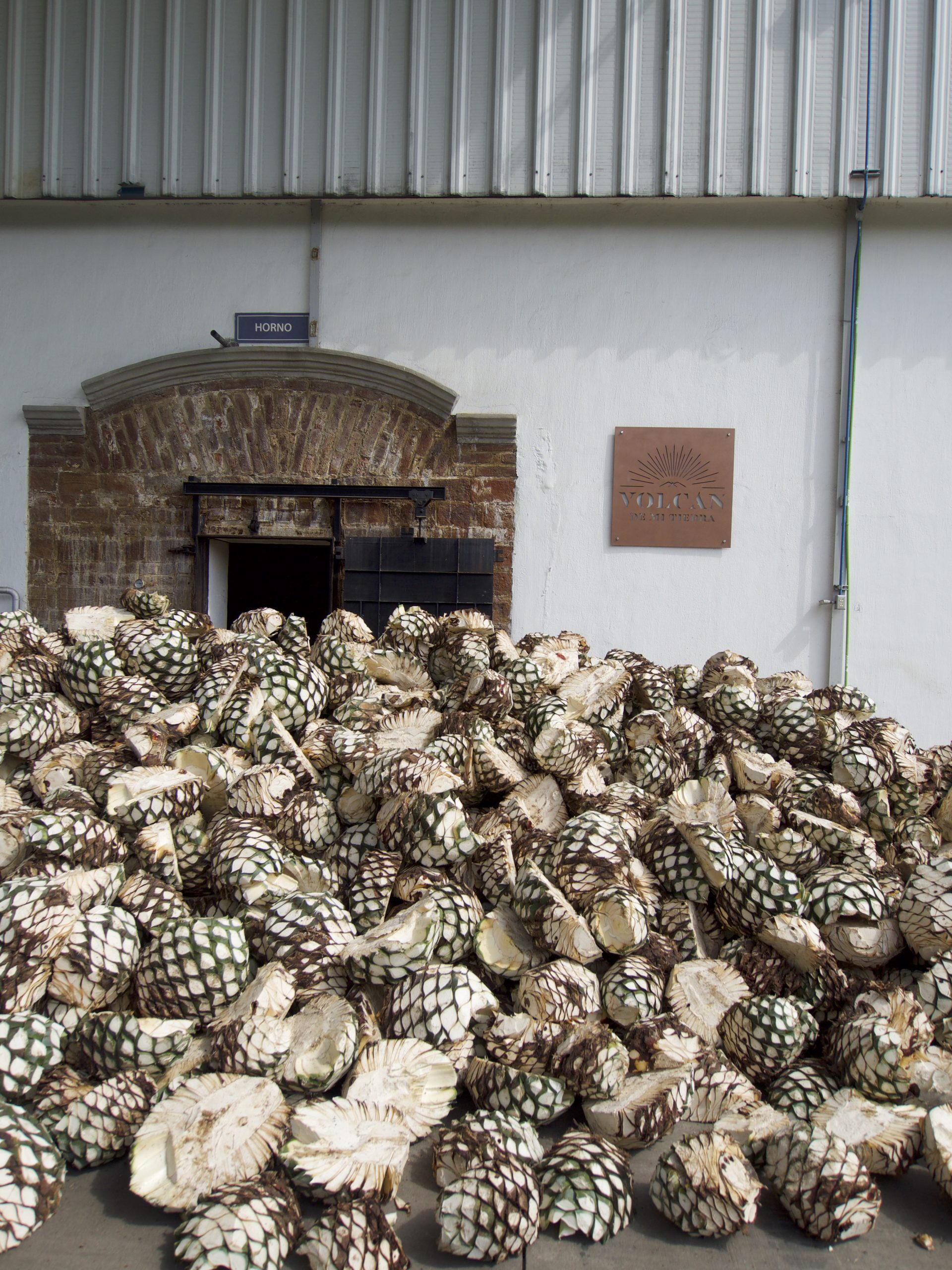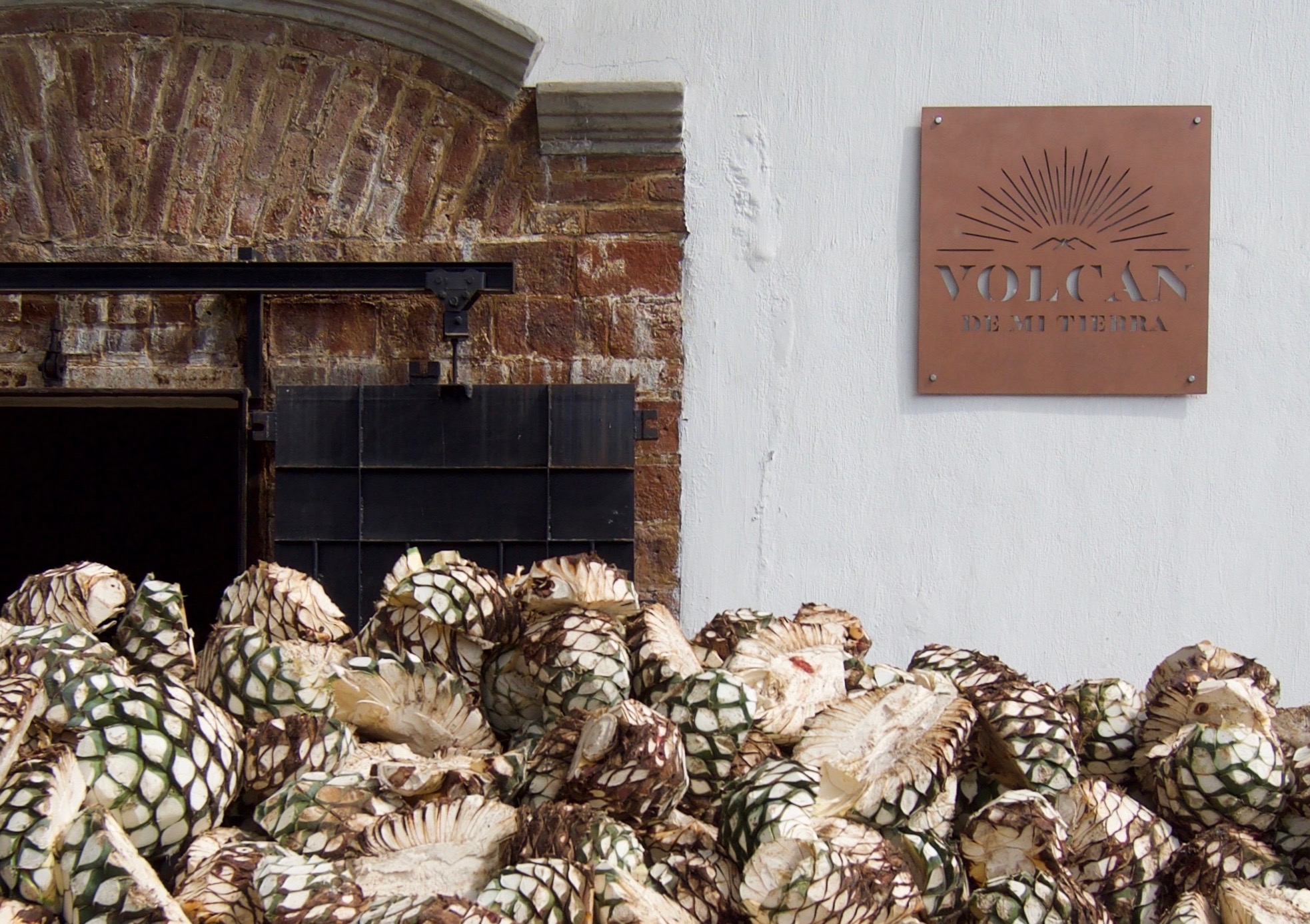What started as a meeting with French and Mexican business owners to generate investor relations between the two countries four years ago, quickly developed into something else altogether.
Written by Kirsten Wendlandt
At the meetings, The Mexican Gallardo Family, who owned land and a small batch distillery near the inactive Tequila Volcano, began to develop a strong relationship with LVMH Moet-Hennessy Louis Vuitton.
When the acronym LVMH is brought up, it’s almost certain that luxury goods, champagne, cognac, and maybe even scotch come to mind. What almost certainly doesn’t is tequila. That’s because until now, the French luxury goods conglomerate didn’t have a tequila in its portfolio.
For four years, the partners have been secretly developing Volcàn de mi Tierra, which has recently become available in Mexico, the United States, and will soon have it’s official Canadian debut.
Volcàn de mi Tierra (pronounced Vol-CAN, not Vulcan like the Star Trek species) is a sensationally smooth sipping tequila. Available both in Blanco and Cristilino (aged and filtered through charcoal), Volcàn is sure to shake things up in the tequila world.
Growing the Agave


Where it really all starts, is with something as simple as the agave. While many tequilas are either highland or lowland, Volcàn is a precisely crafted blend of both. This results in a final product that really takes the best properties of both worlds and combines them into an exceptionally smooth tequila.
What one begins to realize when discussing the process of making and then tasting tequila, is that it has quite a few similarities to wine. The terroir, minerals in the soil, and the weather are all very important factors that determine the quality and taste of the tequila made from that agave crop.
Lowland agave is grown in volcanic soil with fewer minerals, and in harsh and dry climates. This results in a tougher, less hydrated agave plant that creates a tequila that’s spicier, earthier, with herbaceous, grass, and even slight cinnamon notes.
Highland agave grows in mineral and iron rich soil. It prefers a colder climate where it matures slowly, ending up with a much higher sugar content.
Once the agave has finally matured (a process that takes a full 7 years), it is harvested by the highly skilled Jimadors using the “acoa de jima” blade that looks nothing short of a deadly weapon. Harvesting the agave is not an easy task, but the Jimadors at Volcàn manage to easily harvest 350 Agave plants each, per day, before the sun rises and the heat becomes too unbearable to work in.
Production
From that point, the agave piñas (what is left of the agave plant once the leaves are removed) are taken to the distillery where the lowland and highland piñas are roasted in different ovens, at different temperatures, for different lengths of time. The cooking time is directly related to each oven (stone versus autoclave) and each oven helps to preserve the best of the aromas of each kind of agave.
Highland Agave has more aromas and tastes like flowers and fruits, and the Autoclave oven keeps these fruit aromas, which are combined with vanilla, caramels and citrus. The Lowland Agave, having more herbal aromas tend to fare better in a stone oven which helps to preserve pepper, grass, and mint notes. After roasting comes the milling, and then finally they’re ready for fermentation.
While many tequila brands use bread yeast to ferment the agave, Volcàn ferments their lowland tequila using champagne yeast and highland tequila using rum yeast. After testing various different types of yeasts, they determined that the Champagne and Rum yeasts maximized the flavours and aromas for the respective agave product profiles.


After fermentation comes distillation, where, once again, Volcàn sets itself apart from the rest. Volcàn tequila is distilled in copper pot stills, traditionally used for spirits like whisky, cognac, and scotch, whereas tequilas are traditionally distilled in stainless steel. The use of copper pot stills create a softer, well rounded tequila. A nice little trick Volcàn learned from the master distiller of one of it’s sister brands, Glenmorangie.
The advantages that come from the marriage of a small distillery with long-held family traditions and a deep rooted knowledge of the terroir, to a a luxury conglomerate with incredible knowledge for successful brand building are only the beginning.
After distilling comes the ageing process. While the Blanco is un-aged and bottled right after distilliation, Cristallino is an Añejo tequila that has been filtered to remove the color it picks up from the barrel. This results in a tequila that’s complex like an Añejo, but maintains the crisp notes of a Blanco. Volcàn De Mi Tierra’s Cristallino is a combination of aged and extra aged tequila which are aged in Glenmorangie single malt barrels and cognac barrels for 1 and 3 years respectively before blending.
Beyond offering two exemplary tequilas, it’s really the passion of the people behind it that sets Volcàn apart, and this was something Bay Street Bull learned firsthand. “We have a great team, they’re always smiling, we have a really great time,” Adriana Baca said during our visit at the distillery in the Tequila Jalisco region of Mexico. Everyone that works for Volcàn is passionate about the product, enjoys their work, and is an integral part of the brand that Volcàn is becoming.








